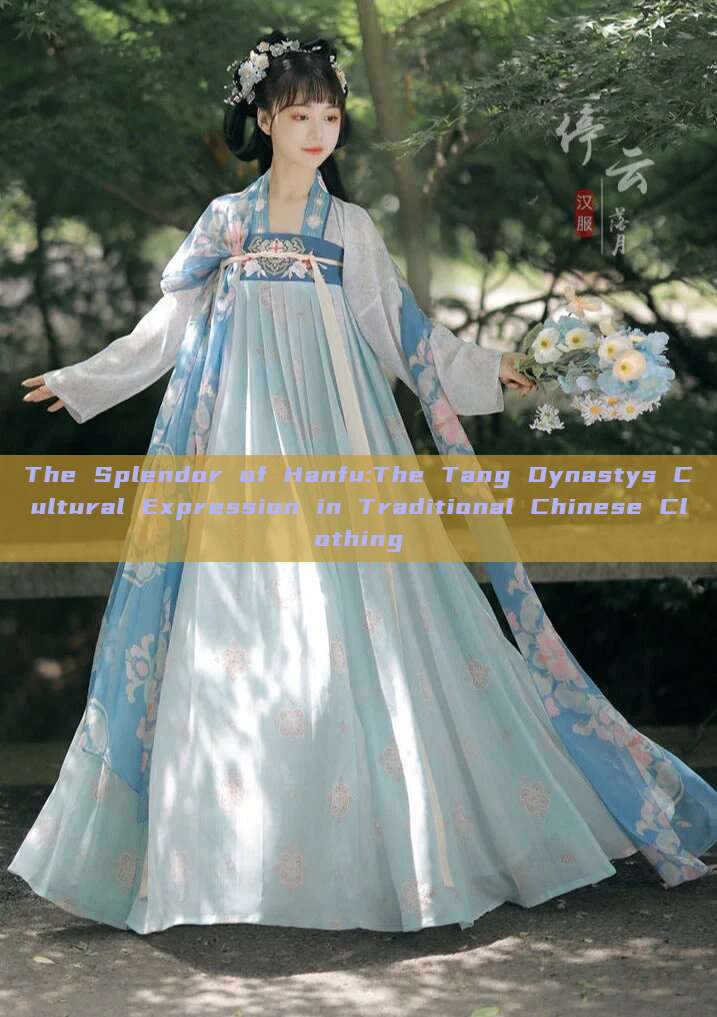In The vast tapestry of Chinese history, the Tang Dynasty (618-907 CE) was a period of unparalleled prosperity and cultural exchange, reflected in many aspects of society, including the attire worn by its people. The traditional clothing of the Tang era, known as Hanfu, is celebrated today for its unique beauty and intricate designs, embodying the essence of ancient Chinese culture.

During the Tang Dynasty, Hanfu attire experienced a renaissance, evolving from simple and practical clothing to a symbol of status and cultural identity. The fashion during this period was influenced by a blend of cultural exchanges with neighboring countries and the openness to embrace diverse influences within China. This fusion created a unique style that was both luxurious and elegant, reflecting the sophistication of the Tang era.
The most notable feature of Tang-style Hanfu was its emphasis on color and pattern. Bright hues like red, green, and yellow were often used in combination with intricate patterns and designs. These patterns often featured floral motifs, animals, and geometric shapes, which were executed with exquisite craftsmanship. The use of these patterns and colors not only added visual interest but also served as symbols of status and rank within society.
The design of Hanfu during the Tang Dynasty was also influenced by its social structure and class system. The upper echelon of society, including the imperial family and high-ranking officials, wore more elaborate and luxurious versions of Hanfu, often adorned with precious stones, embroidery, and other embellishments. On the other hand, commoners wore simpler versions of Hanfu, often in more subdued colors and without much embellishment, reflecting their lower status within society.
Another notable aspect of Tang-style Hanfu was its adaptability to different occasions and activities. For instance, there were specific types of Hanfu designed for ceremonial occasions like weddings and festivals. These were often more elaborate and colorful, reflecting the importance of these events within the culture. On the other hand, everyday wear was simpler and more practical, focusing on comfort and functionality.
The influence of Hanfu is not only seen in its clothing designs but also in its impact on culture and art. The intricate patterns and designs found in Hanfu often inspired other forms of art like painting, sculpture, and even literature. The beauty and symbolism of Hanfu became an integral part of Chinese culture, reflecting the country's rich history and traditions.
Today, Hanfu has experienced a revival, with many people embracing this traditional attire as a symbol of cultural heritage and identity. The beauty and uniqueness of Tang-style Hanfu continue to captivate people from all over the world, who are fascinated by its intricate designs and rich history. The influence of Hanfu extends beyond China's borders, becoming a symbol of cultural exchange and understanding between different nations.
In conclusion, the Hanfu worn during the Tang Dynasty is not only a symbol of ancient Chinese culture but also a testament to the country's rich history and tradition. Its influence on fashion, art, and culture continues to this day, captivating people from all over the world who are fascinated by its beauty and uniqueness.







